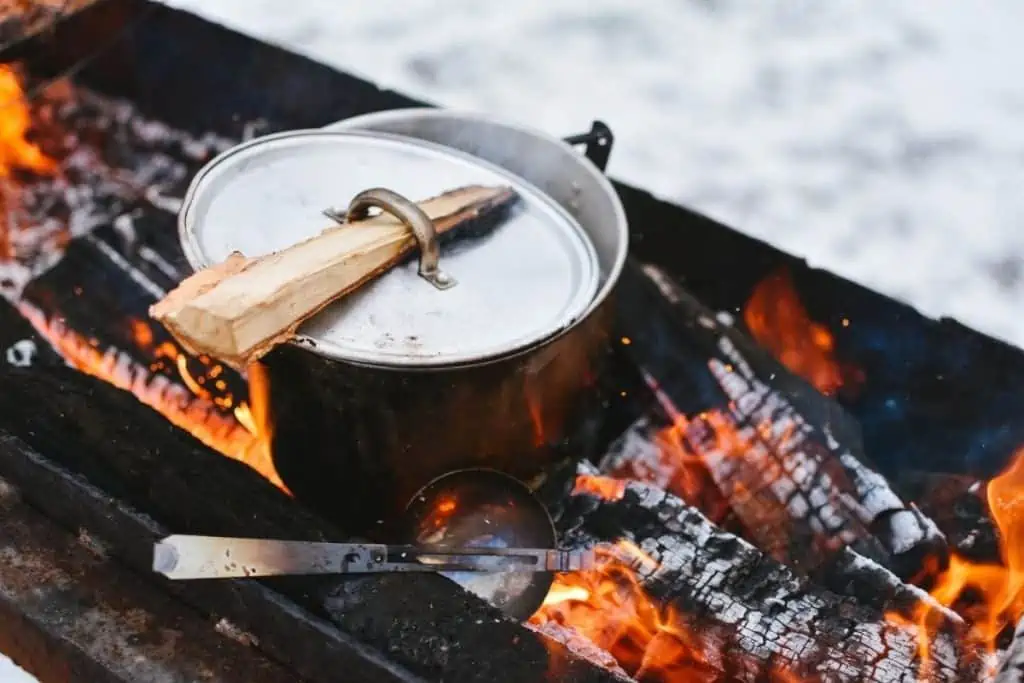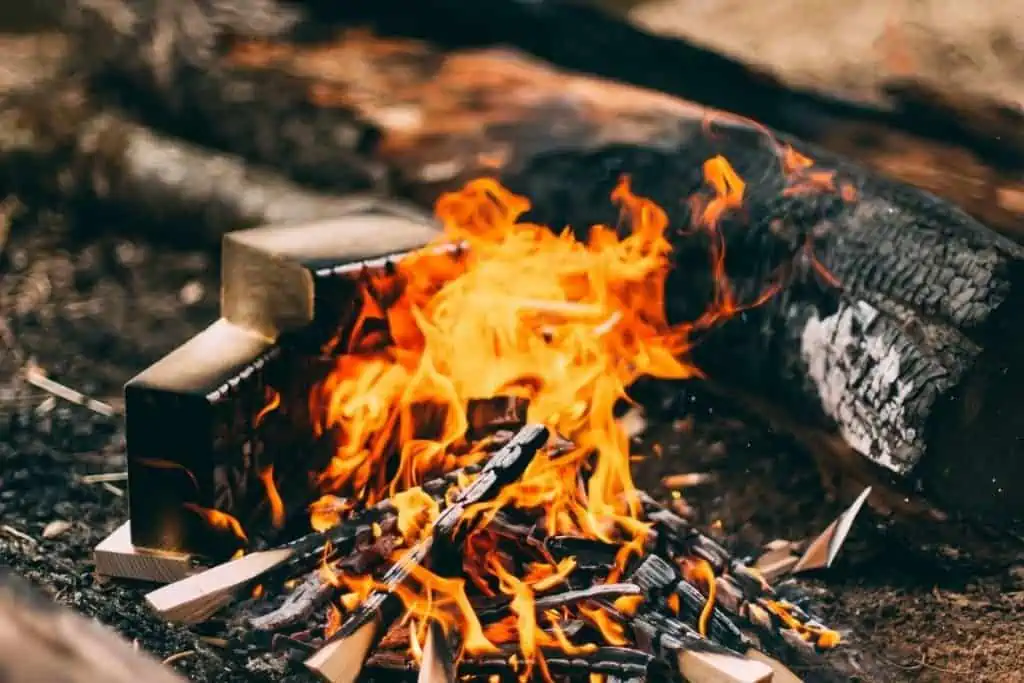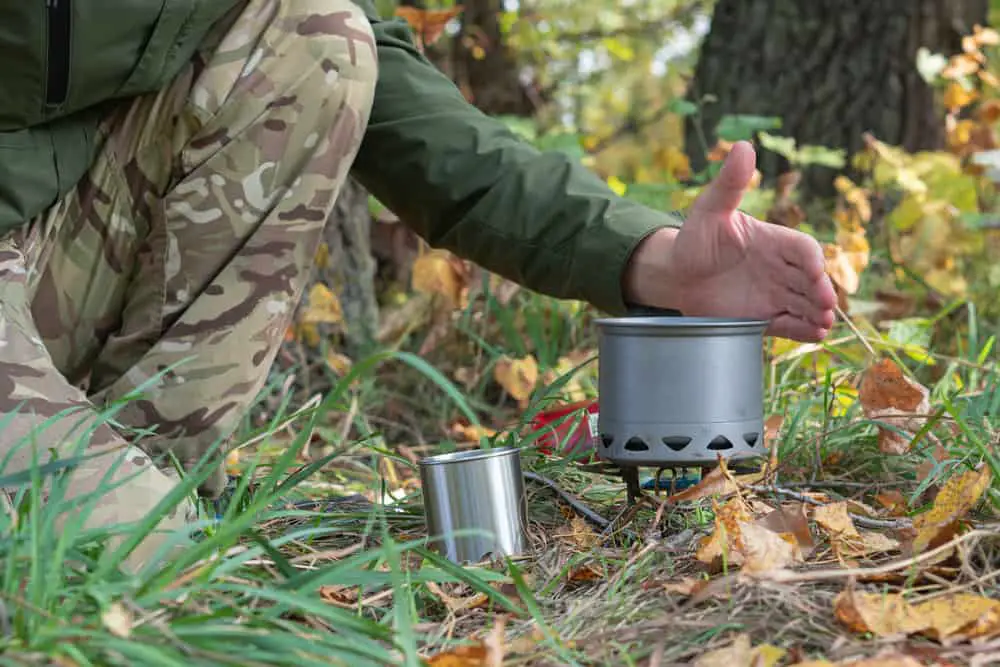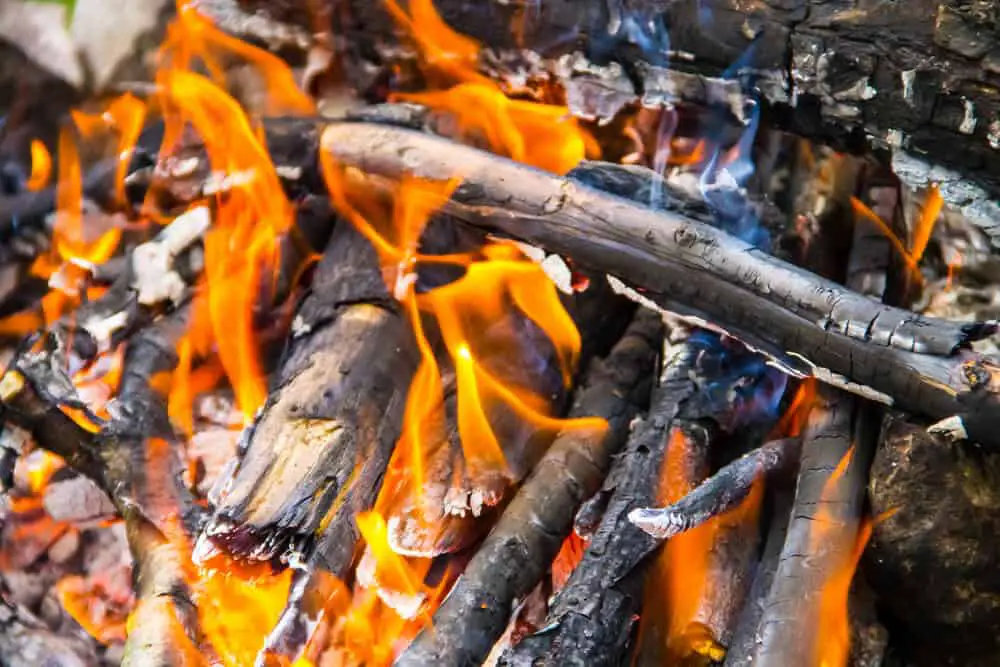In the past few years, companies have come up with some amazing new developments in portable stoves and campfires.
Solo Stove and Firebox are two brands you may have heard of leading the charge.
Why are Solo Stove and Firebox so innovative? How are they the same? How are they different? We’ll go over all this and more in this article comparing the two brands setting the camping lifestyle world afire.
Solo Stove vs. Firebox in 2025
Both Solo Stove and Firebox have portable and stainless steel stoves that come in a variety of sizes in 2025. The largest available size manufactured by Solo Stove is 2-4 ounces heavier than the biggest size by Firebox. Solo Stoves products are more expensive, serve a wider range of activities, and have a lifetime warranty.
Solo Stove at a Glance
Solo Stove is a company based in Texas that sells fire pits, grills, and camp stoves. They advertise their stove as having a “Signature 360° Airflow Design®” that significantly reduces smoke output, is efficient, and is easy to clean.
Solo Stoves are manufactured in China and have a lifetime warranty. Here is a quick run-down of their products:
Solo Stove Fire Pits
Fire pits come in three sizes. In order of size, smallest to largest, are the Ranger, the Bonfire, and the Yukon:
| Model | Dimensions | Weight |
| Ranger | 15” diameter, 12.5” height | 15 lbs |
| Bonfire | 19.5” diameter, 14” height | 20 lbs |
| Yukon | 27” diameter, 17” height | 38 lbs |
All the models are made of 304 stainless steel and can be sold with options such as a cover, stand, pit tools, and roasting sticks (at additional cost).
Solo Stove Grills
Solo Stove sells a grill that also uses their 360° Airflow Design®. It is made of 304 stainless steel and comes in one size. It is 22” in diameter by 29.4” high and weighs 38 lbs. It sells for $549.99 including a stand, cover, tools, carrying case, and charcoal. It can burn either charcoal or lump kiln-dried chunk wood.
Solo Stove Camp Stoves
Solo Stove sells three models of camp stoves. They also use the 360° Airflow Design® and are made of 304 stainless steel. All models burn wood fuel such as sticks, twigs, pine cones, or other biomass.
| Model | Dimensions | Weight |
| Lite | 4.25” diameter, 5.7” height | 9 ounces |
| Titan | 5.1” diameter, 7.9” height | 16.5 ounces |
| Campfire | 7” diameter, 9.25” height | 2.2 lbs |
What Is The 360° Airflow Design?
Solo Stove markets its stoves as unique due to the airflow design. According to Solo Stove, “Strategically placed holes in the double-wall structure draw in air from the bottom and feed the heated oxygen to the top, resulting in a spectacular secondary burn.”
This secondary burn reduces smoke and creates less ash, making it easier to clean.
Firebox at a Glance
Firebox is a small business whose inventor and founder live in Utah. An avid outdoorsman and cook, he tinkered with a variety of camp stoves until coming up with the Firebox. Firebox products are largely made in the USA. Firebox sells foldable camp stoves in two sizes and out of either stainless steel or titanium.
Firebox folding stoves come in either a 5” size called the G2 or a 3” size called the Nano. This year they will also offer a non-folding, small portable stove called the Scout.
Here is a quick run-down of Firebox camp stoves.
| Model | Dimensions | Weight |
| G2 5” Stainless Steel | 5.0”W x 7.5”H (.375”H folded) | 33.3 ounces |
| G2 5” Titanium | 5.0”W x 7.5”H (.375”H folded) | 17.5 ounces |
| Nano 3” Stainless Steel | 3.0”W x 4.75”H (.25”H folded) | 6 ounces |
| Nano 3” Titanium | 3.0”W x 4.75”H (.25”H folded) | 4 ounces |
| Scout | 4.5” x 4.5” x 5” | 5.4 ounces |
Firebox stoves can burn a wide variety of fuels, including wood, gel, gas, or alcohol burners. All Firebox stoves come with a 100% Satisfaction Guarantee of a full refund within 30 days of purchase.
What Is The Difference Between Stainless Steel and Titanium?
Firebox describes the stainless steel version as a heavy-duty, corrosion-proof, “bomb-proof” stove. The titanium version is lighter, corrosion-proof, and cools off quickly, making it an ideal choice for backpackers.
Differences Between Solo Stove and Firebox
Solo Stoves are generally bigger and heavier than Firebox. The heaviest, largest Firebox is 5” W x 7.5” H and weighs just over 2 lbs. The heaviest Solo Stove camp stove is 7” W x 9.25” H and weighs 2.2 lbs.
The lightest Firebox is only 4 ounces, whereas the lightest Solo Stove is 9 ounces. Firebox stoves are also foldable, Solo Stoves are not.
Solo Stoves burn wood and wood biomass only. Firebox stoves burn wood biomass as well as gas, gel, Sterno, and alcohol-based fuels.
Solo Stoves are more expensive. The least expensive Firebox is $39.99, and the least expensive Solo Stove is $64.99. Firebox is also coming out with a non-folding stove that will start at just $19.99.
Solo Stoves serve a wider variety of purposes, such as portable campfires for entertaining, grilling, or camp stoves, and they claim their products produce less smoke.
Firebox stoves are purely meant for camping and backpacking. Solo Stoves have a lifetime warranty, Firebox stoves do not. Although both are American companies, Firebox stoves are largely made in the USA, Solo Stoves are made in China.
Similarities Between Solo Stove and Firebox
Both burn wood, which is helpful when off-the-grid camping. Both are portable and come in a range of sizes. Both tout efficient burning, produce high BTUs, and are corrosion-proof.
They each offer products made with stainless steel. They each are well-regarded and well-reviewed for their innovative camping stoves and other products.
Final Verdict
If you are wanting an inexpensive, highly portable, foldable, and lightweight camp stove, it is hard to beat a Firebox stove. You may not get a lifetime warranty, but you are supporting a small, American business.
If you are wanting a portable, wood-burning, easy-to-clean, and relatively smoke-free campfire experience, go with a Solo Stove. Either way, you are supporting an innovative American company.






